Strawberry plants were introduced to Moc Chau more than 10 years ago. Suitable for the soil and climate of the highlands, strawberry plants have gradually affirmed themselves as a strong crop, bringing high economic efficiency to the people.

From a few hectares of experimental planting, up to now, the strawberry growing area in Moc Chau has nearly 130 hectares of strawberries, mainly concentrated in Dong Sang commune, Muong Sang, Moc Chau town and Moc Chau Farm town.
Coming to the strawberry farm "Huy Beo Farm", in La Nga 2 village, Muong Sang commune of Mr. Nguyen Dinh Huy's family, right at the time of starting to harvest the first strawberries of the season. Mr. Huy shared: In 2018, the family rented 5,000 m2 of land in Moc Chau Farm town to test growing strawberries, then rented an additional 2 hectares of land in Muong Sang commune to make a strawberry farm.
Thanks to the application of science and technology in production, Mr. Huy's family's strawberry farm has a very high yield and output. On average, 1 hectare of strawberries produces 18 tons of fruit, with the selling price ranging from 100-300 thousand VND/kg, depending on the size of the strawberry, his family earns about 2 billion VND/ha. In addition, the farm also creates regular jobs for 10 workers with an average income of 6 million VND/person/month.
Mr. Huy's strawberry farm also attracts many tourists to visit, take photos and experience strawberry picking to enjoy and bring home as gifts. Visitors coming here do not have to buy tickets, the amount picked will be weighed and calculated according to the general selling price. Mr. Huy shared: At the beginning of the season, the farm harvests 1-2 quintals of strawberries/day, during the main season after Tet, it harvests about 5 quintals of fruits/day; in addition to selling to the market, the farm consumes about 30% of the products from tourists who come to experience the garden.
Dong Sang Commune is one of the localities growing the most strawberries in the district, with nearly 80 hectares. Mr. Nguyen Van Quan, Chairman of the Commune People's Committee, said: Realizing the economic efficiency of strawberry growing and grasping market demand, the commune has encouraged people to change the crop structure, expanding the concentrated strawberry growing area. At the same time, coordinating with functional agencies to organize training courses to guide households to grow strawberries according to VietGAP standards, so that strawberry products are delicious, clean, safe, creating trust with consumers.
Strawberries have high economic value, but are also a very demanding agricultural product, requiring a lot of care. Therefore, to ensure fruit quality, all strawberry varieties are actively cultivated by the people. Currently, most people grow strawberries according to VietGAP standards, using high technology applications, building greenhouses and net houses; using drip irrigation methods, automatic fertilization, to increase productivity, quality and product value. The continuous production process, from April to August for seeding, August to December for planting, taking care of the plants, from December of the previous year to April of the following year for harvesting. On average, 1 hectare yields about 15 tons of fruit, earning about 2 billion VND.
Suitable for the climate and soil, Moc Chau strawberries produce large, juicy, bright red, sweet fruits. In addition to selling fresh strawberries, farm owners also process products such as strawberry jam, dried strawberries, strawberry syrup, etc. Currently, Moc Chau strawberries have become one of the typical agricultural products of the district. Many strawberry products in large gardens have been certified to meet VietGAP standards and are available in supermarkets in Hanoi and many provinces and cities across the country.
With the value of strawberry plants, Moc Chau district encourages families and businesses to invest in growing this plant according to VietGAP standards to increase product value, contributing to diversifying typical agricultural products on Moc Chau plateau.
Article and photos: Viet Anh
Source









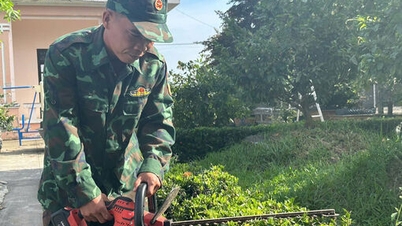

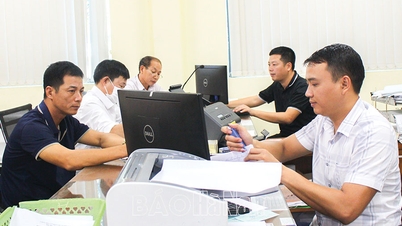


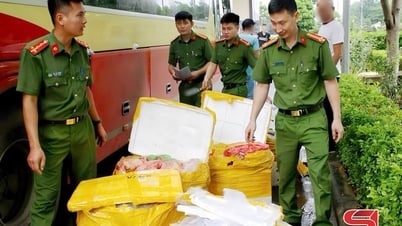




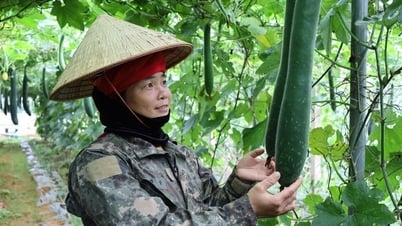






![[Maritime News] Wan Hai Lines invests $150 million to buy 48,000 containers](https://vphoto.vietnam.vn/thumb/402x226/vietnam/resource/IMAGE/2025/6/20/c945a62aff624b4bb5c25e67e9bcc1cb)
































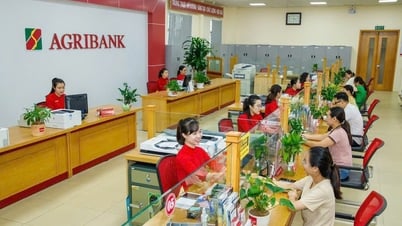










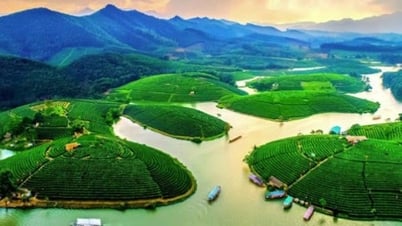

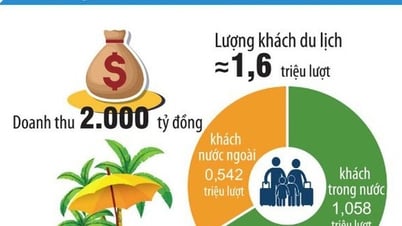
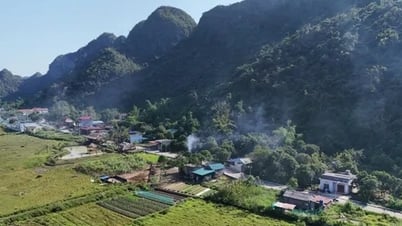






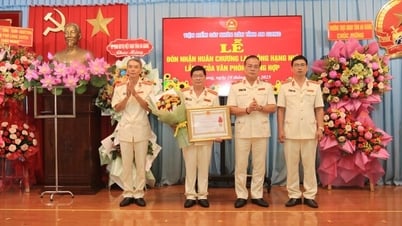

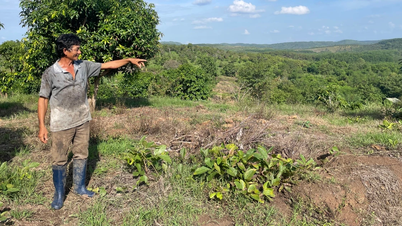



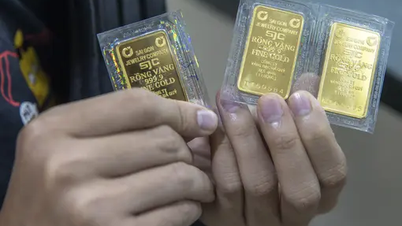













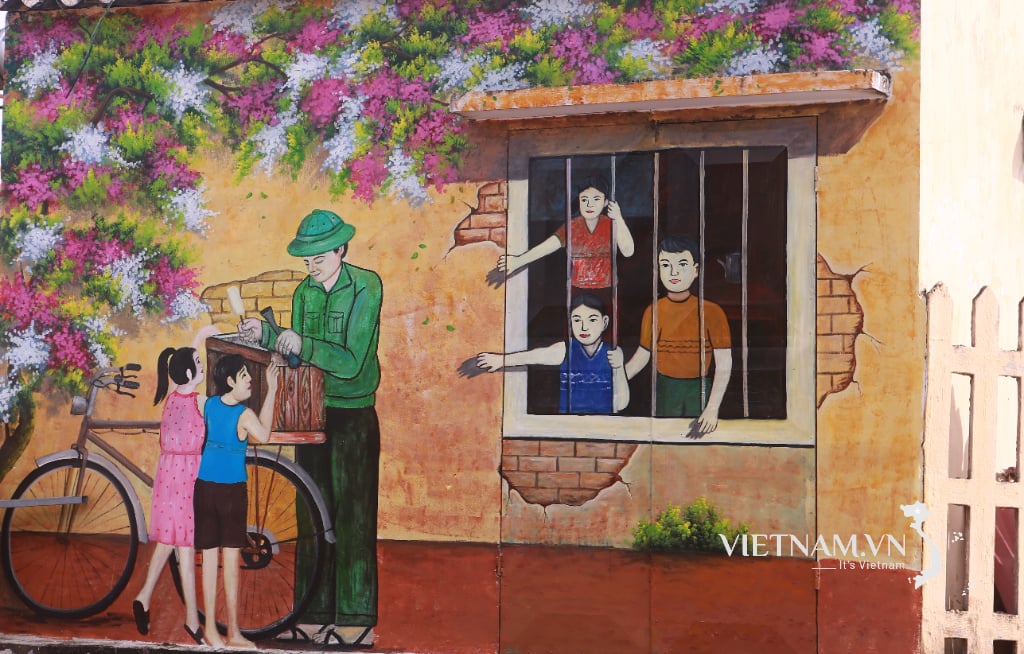

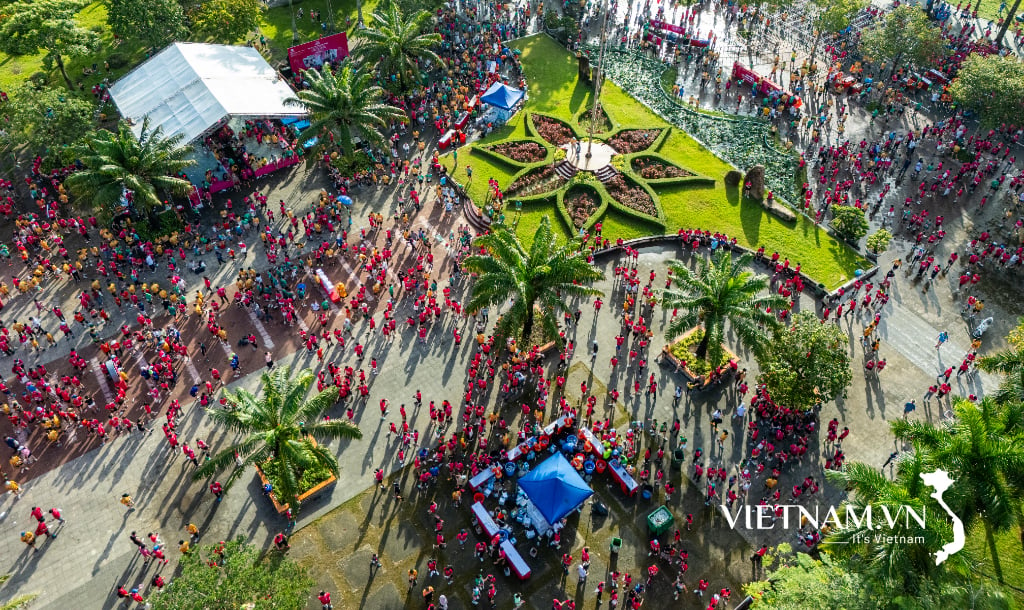

Comment (0)